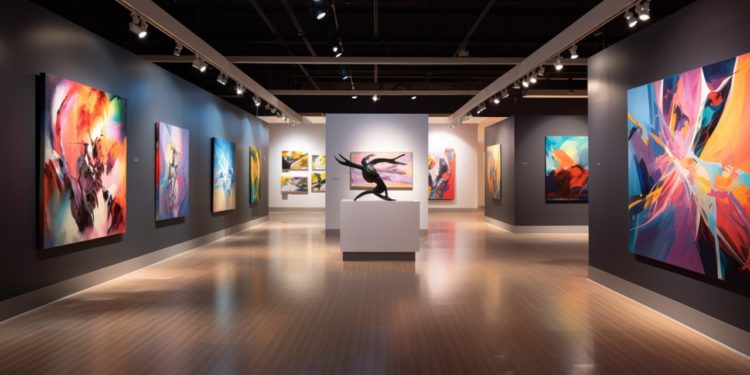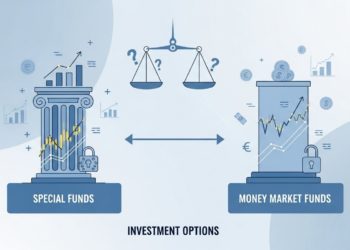When most people think about investing, they picture stocks, bonds, or real estate. But there’s another world of opportunity that often flies under the radar, art and collectibles. From paintings and sculptures to rare coins, vintage cars, and even trading cards, these tangible assets have become an intriguing option for investors looking to diversify their portfolios.
Art and collectibles are unique because they don’t behave like traditional investments. Their value isn’t tied to stock market fluctuations or interest rates. Instead, it’s driven by factors like rarity, cultural significance, and the tastes of wealthy collectors. For example, a painting by a renowned artist or a limited-edition sports memorabilia piece can appreciate significantly over time, especially if demand outstrips supply.
One of the most appealing aspects of investing in art and collectibles is the emotional connection they offer. Unlike stocks, which are essentially abstract, these assets are physical and often carry a story or historical significance. Owning a piece of art or a rare collectible can be deeply satisfying, blending personal enjoyment with potential financial gain.
However, this market isn’t without its challenges. For starters, it’s highly illiquid. Selling a piece of art or a collectible can take time, and finding the right buyer at the right price isn’t always easy. Additionally, the market can be opaque, with prices often determined by private negotiations rather than public exchanges. This lack of transparency can make it difficult for newcomers to navigate.
Another consideration is the cost of ownership. Art and collectibles require proper storage, insurance, and sometimes even restoration, all of which can add up. Unlike stocks, which pay dividends, or real estate, which generates rental income, these assets don’t provide cash flow. Their value lies solely in their potential to appreciate over time.
Despite these challenges, art and collectibles can be a rewarding addition to a well-rounded investment strategy. They offer diversification, a hedge against inflation, and the chance to own something truly unique. For those with a passion for art, history, or culture, investing in these assets can be as much about personal fulfillment as it is about financial returns. Just remember: like any investment, it’s essential to do your homework and approach the market with caution. After all, beauty and value are often in the eye of the beholder.















